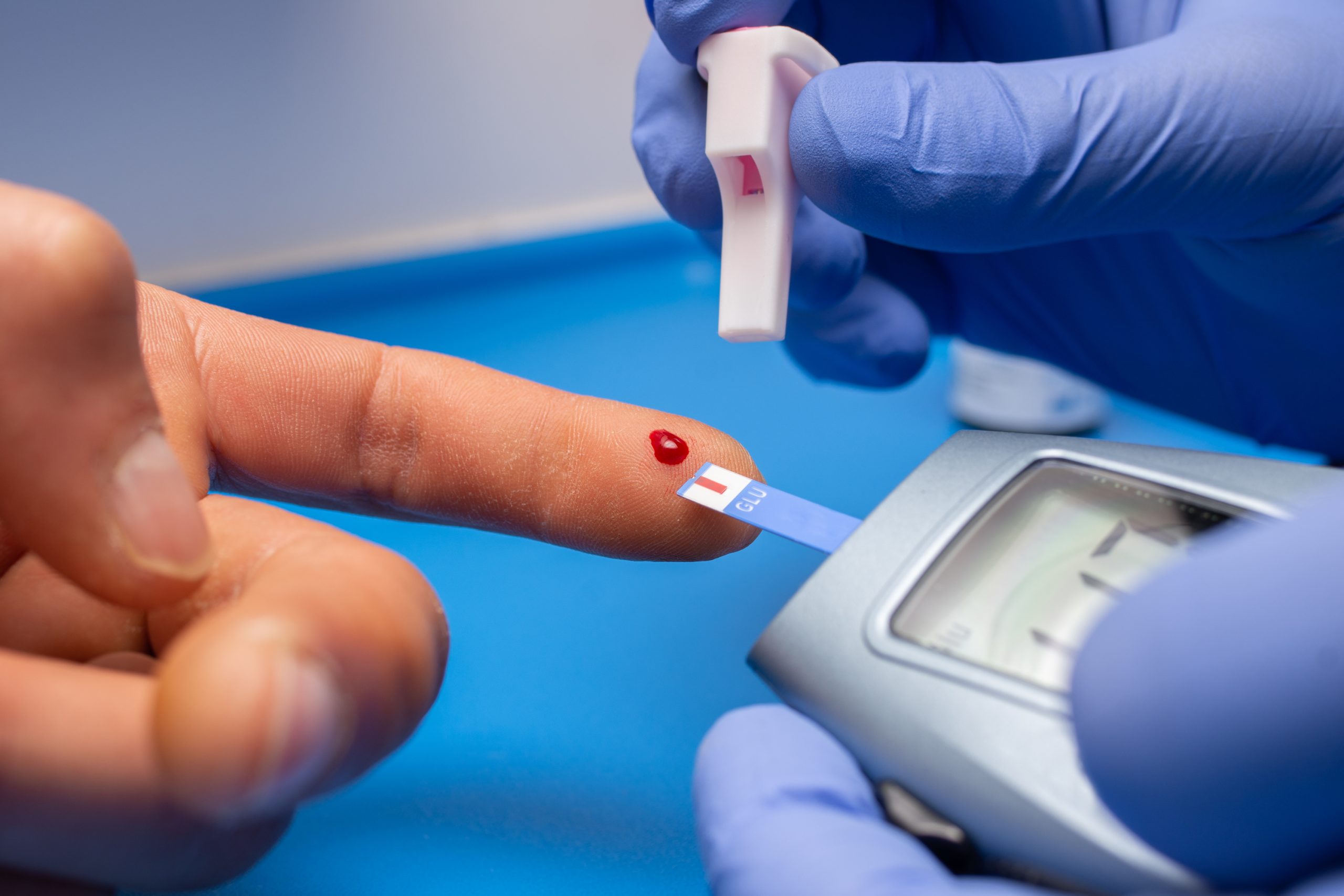

According to a new study by epidemiologist Teresa Janevic, PhD, associate professor of Epidemiology at Columbia University Mailman School of Public Health, racial and ethnic inequities in diabetes have been established following gestational diabetes, but these inequities are significant and have been an overlooked aspect of maternal health equity. Research on racial and ethnic differences in type 2 diabetes following gestational diabetes mellitus (GDM) has been sparse up to this point. The research results are presented in the online edition of Obstetrics & Gynecology.
“Very few studies have examined prenatal, social, or structural determinants of type 2 diabetes after GDM,” said Janevic. “Our study has several strengths. It is the largest cohort study to date on racial and ethnic disparities after GDM, allowing us to explore potential pathways to these disparities.”
In the United States, roughly 8% of expectant women are diagnosed with gestational diabetes mellitus, which disproportionately impacts underserved communities of color.
A technique with excellent validity was utilized by the researchers to define the GDM cohort and establish variables using both birth and hospital data.
The researchers defined type 2 diabetes as two hemoglobin A1c test results of 6.5 percent or greater using 2009–2011 New York City birth and hospital data and 2009–2017 New York City A1c Registry data. Using data modeling approaches, they also calculated relationships between race and ethnicity and the occurrence of type 2 diabetes during an eight-year period.
According to the findings, Black people had a fourfold higher risk of developing type 2 diabetes after developing gestational diabetes mellitus than White people, while Hispanic and South and Southeast Asian people had a threefold higher risk.
There were 22,338 people with gestational diabetes in the data. The incidence of type 2 diabetes throughout an eight-year period was 12 percent overall, but it was 18.5 percent in patients who were Black, 17 percent in South and Southeast Asian, 15 percent in Hispanic, and 5.5 percent in East and Central Asian, compared to 5 percent in White people. During the follow-up period, 78 percent of those who were diagnosed with GDM underwent a Hb A1c test. Among people of color, the percentage was 82% for Black and Hispanic people, 78% for Asian people, and 68% for White people.
There is a chance to intervene on lifelong cardio-metabolic inequities because social, structural, and clinical factors present at the time of delivery account for 46% of the increased risk of postpartum diabetes in Hispanic women, 27% in Black women, and 14% in South/Southeast Asian women.
According to Janevic and colleagues, it is important to understand how structural racism affects postpartum cardiometabolic risk in these groups. Routinely measured social determinants of health at the time of delivery, such as education and insurance status, had weaker associations with later diabetes in South Asian, Black, and Hispanic pregnant people than in non-Hispanic White pregnant people.
“While racial and ethnic inequities are substantial in type 2 diabetes after GDM, the weak associations we see of common social or structural measures and BMI in Black, Hispanic and South and Southeast Asian individuals demonstrate the need for greater understanding of how structural racism influences postpartum cardiometabolic risk in these groups,” observed Janevic.
An estimated 1 in 5 Black patients, 1 in 6 South or South Asian patients, 1 in 7 Hispanic patients, and 1 in 20 non-Hispanic White patients will get type 2 diabetes within 8 years after having gestational diabetes.
According to Janevic, healthcare during pregnancy is a very uncommon point of care with the healthcare system and presents an opportunity to act early to decrease type 2 diabetes life-course inequalities.
“Our findings underscore the opportunity for GDM as an intervention point for life-course type 2 diabetes inequities and stress the importance of racial and ethnic disparities in GDM outcomes beyond the current pregnancy,” said Janevic. “We call for further work using multiple approaches – policy-level changes, along with clinical interventions targeting individuals, — to counter structural racism and to eliminate disparities.”
more recommended stories
 Gestational Diabetes Risk Identified by Blood Metabolites
Gestational Diabetes Risk Identified by Blood MetabolitesKey Takeaways (Quick Summary for Clinicians).
 Phage Therapy Study Reveals RNA-Based Infection Control
Phage Therapy Study Reveals RNA-Based Infection ControlKey Takeaways (Quick Summary) Researchers uncovered.
 Pelvic Floor Disorders: Treatable Yet Often Ignored
Pelvic Floor Disorders: Treatable Yet Often IgnoredKey Takeaways (Quick Summary) Pelvic floor.
 Urine-Based microRNA Aging Clock Predicts Biological Age
Urine-Based microRNA Aging Clock Predicts Biological AgeKey Takeaways (Quick Summary) Researchers developed.
 Circadian Control of Neutrophils in Myocardial Infarction
Circadian Control of Neutrophils in Myocardial InfarctionKey Takeaways for HCPs Neutrophil activity.
 E-Cigarette Use and Heart Attack Risk in Former Smokers
E-Cigarette Use and Heart Attack Risk in Former SmokersKey Takeaways for Clinicians and Nurses.
 Ultramarathon Physiology: What HCPs Should Know?
Ultramarathon Physiology: What HCPs Should Know?Ultramarathon Metabolism: What Happens to the.
 High-Intensity Training and Oxidative Stress Insights
High-Intensity Training and Oxidative Stress InsightsNew Evidence Linking High-Intensity Training and.
 Sterilized Fermented Beverage for Obesity: New Evidence
Sterilized Fermented Beverage for Obesity: New EvidenceEarly Insights Into a Sterilized Fermented.
 36-Week Pre-eclampsia Screening May Reduce Term Risk
36-Week Pre-eclampsia Screening May Reduce Term RiskA New Preventive Strategy for Term.

Leave a Comment